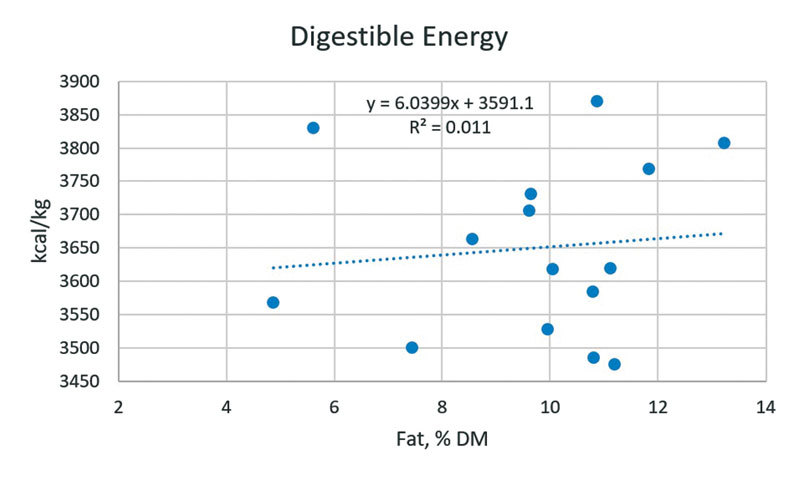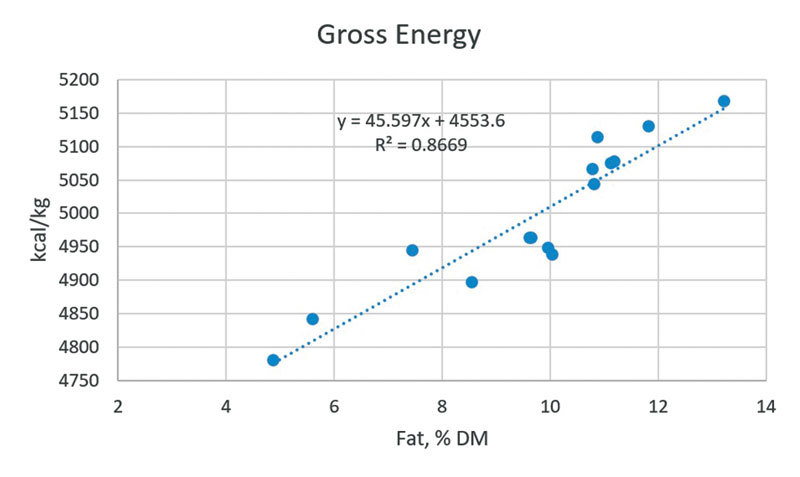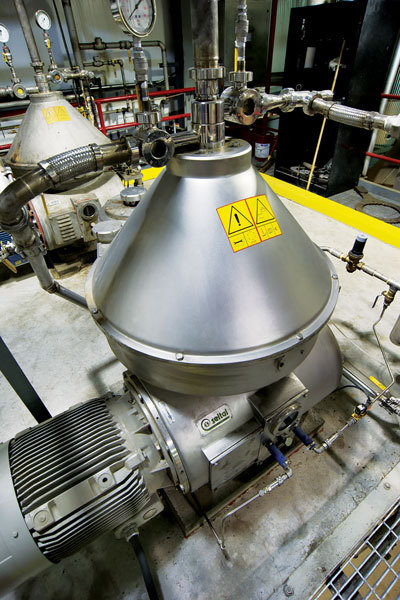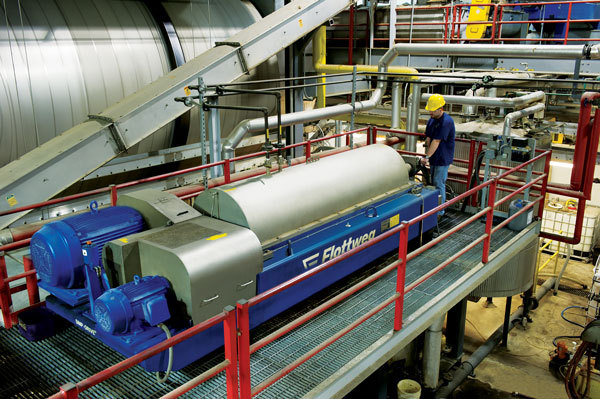Extraction Optimization






PHOTO: SOLENIS
August 16, 2018
BY Susanne Retka Schill
Realizing the promise of greater corn oil extraction rates using new enzymes or fractionation technologies requires working with partners, says Scott Lewis, biorefining research and development scientist with Solenis. “When you implement these technologies on the front end, everything is going to change on the back end.”
Oil separation is complicated because syrup contains more than one form of oil, he explains. Free oil forms droplets that are stabilized by naturally occurring emulsifiers, be it free fatty acids, proteins or phospholipids. Other oil is attached to solid surfaces such as cellular debris or proteins. And then there are oleosomes—oil bodies that are 95-plus percent oil encased in a protein-stabilized covering—the corn kernel’s strategy for storing energy for germination. The oleosomes present a problem for ethanol producers trying to maximize oil yields, because centrifuges require a minimum droplet size. “These oleosomes are 2 microns in diameter at most, so the centrifuges aren’t going to separate those out, and even if they do, it will be a messy emulsion,” Lewis says. Demulsifying extraction aids improve the separation of these types of oil.
Adding a cellulase opens up the cellular debris, releasing oil trapped in the complex cellulosic structure. Adding a protease liberates the oil in the oleosomes and emulsified oil droplets. Not only does it make the oil more available, but it also impacts other separation factors, Lewis says.
Proteases, for example, break down the proteins into shorter peptides, but since the proteins act as emulsifiers, altering proteins also impacts the efficiency of the demulsifiers in the traditional dry grind process. There are changes to other properties, he adds, “the viscosity, dissolved solids, suspended solids. All those have impacts on separation in the centrifuge; [new enzymes and fractionation technologies] also change the distribution of the oil in those process streams and even the forms of oil.”
On the Market
It’s important to take a holistic approach, Lewis says. Solenis offers a broad family of its Dimension corn oil extraction aids, designed for different conditions and goals, he says, but there are other things to consider. “We are working on the chemistry side, but there are also things from a mechanical standpoint or by changing the spot you’re pulling the syrup from that can have a big impact.”
Using proteases and cellulases increases the oil available in the thin stillage by 10 percent, says Jennifer Aurandt-Pilgrim, technical services director for Trucent (formerly Valicor). The enzyme effects include increased dissolved solids or increased viscosity. “You have to optimize the centrifuges or deploy other technologies—either extraction aids or the operation of your centrifuges. Also, there are ways to decrease viscosity.” A former college chemistry professor, Aurandt-Pilgrim refers to Stokes’ Law when working with plant operators on optimizing oil separation. Stokes’ Law is a formula that shows the relationship of oil droplet size, density and viscosity to the velocity and acceleration of the centrifuge itself. The variables affecting viscosity include dissolved solids properties such as particle size, residual sugars, suspended solids, total solids or temperature, and are the easiest to manipulate in the ethanol process, she says.
Trucent has conducted a benchmarking study of more than 40 ethanol plants to find a wide range of separation efficiencies. Oil recovery starts in the decanters separating thin stillage from wet cake, with a range of efficiency in partitioning oil to thin stillage between 45 and 75 percent and an average of 60 percent. The range narrows at the oil centrifuges, to a low of 75 percent and a high of 95 percent, with an average of 86. In another study, Trucent looked at 250 variables impacting some 6,000 samples to identify more than 50 that have strong and moderate correlation with high corn oil yield and efficiency at the decanters and centrifuges.
The amount of oil extracted averages 0.7 pounds per bushel, Aurandt-Pilgrim reports, with a range between 0.5 and 1.2. The potential is 1.9 pounds of oil per bushel—the average oil content in the corn kernel. Because the oil is worth far more sold separately than when left in the distillers grains, she says, “Plants are leaving profits on the table.” At early summer prices, selling the DCO at 25 cents per pound would make an extra $10.73 per ton on top of the revenue from the DDGS for each half pound of oil extracted per bushel of corn processed. For a 55 MMgy plant making 450 tons of DDGS per day, it adds up to $1.6 million in revenue annually, she says.
Oil and Energy
With that sort of economic incentive and tight margins, Aurandt-Pilgrim questions why plants hesitate to pull off as much corn oil as possible. “We have clients that are turning down their demulsifiers because they aren’t meeting their feed tags,” she explains. “But even if you are extracting more oil, the energy content in the DDGS isn’t decreased as much as you think because of the breakdown of other components to get that oil out.”
“We see it both ways,” Lewis replies when asked whether plants are concerned about pulling out too much oil. “An interesting thing about the industry is that you have a lot of different feed markets. One customer may be more hesitant because they have to meet a pro-fat feed tag and another customer wants to take out as much oil as possible.”
“There’s the perception as you take out the oil you reduce the energy in feed,” says Kevin Herrick, technical service director for Poet Nutrition. “When Poet first started taking additional oil, we did meet resistance. Then we did a lot of research to look at how the oil relates to energy in DDGS.” If oil is removed without change to the process, energy also is removed, he says. “But at the same time, there are other components in DDGS that affect energy even more than oil.”
Metabolizable or digestible energy is more predictive of what’s available to the animal than gross energy, he explains. To illustrate that, researchers plotted the results for digestible versus gross energy in the same set of samples. “When we do that, we see no relationship whatsoever between digestible energy and oil content of the DDGS,” he says. The samples were gathered from both Poet and other designs, including DDGS with a range of oil content from 4.5 percent up to 10 percent. “It wasn’t only our internal research where we collected samples and sent them to the university to get measured,” Herrick adds. “We also see it in peer-reviewed studies. We pulled studies and graphed the results to see a similar response.”
Domestic livestock producers are getting on board with the lower-oil DDGS, Herrick says, and in some cases, it is preferred. In dairy cows, for example, there’s less chance of milk fat depression with greater inclusion of low-fat DDGS. “The international market still really associates oil content with energy,” he says. “That’s still a work in progress, but we’re slowly but surely working with them on it as well.”
Author: Susanne Retka Schill
Freelance Journalist
retkaschill@yahoo.com
Advertisement
Advertisement
Advertisement
Advertisement
Related Stories
Saipem has been awarded an EPC contract by Enilive for the expansion of the company’s biorefinery in Porto Marghera, near Venice. The project will boost total nameplate capacity and enable the production of SAF.
Global digital shipbuilder Incat Crowther announced on June 11 the company has been commissioned by Los Angeles operator Catalina Express to design a new low-emission, renewable diesel-powered passenger ferry.
International Air Transport Association has announced the release of the Sustainable Aviation Fuel (SAF) Matchmaker platform, to facilitate SAF procurement between airlines and SAF producers by matching requests for SAF supply with offers.
Alfanar on June 20 officially opened its new office in London, further reaffirming its continued investment in the U.K. The company is developing Lighthouse Green Fuels, a U.K.-based SAF project that is expected to be complete in 2029.
ATR and French SAF aggregator ATOBA Energy on June 19 signed a memorandum of understanding (MOU) to explore ways to facilitate and accelerate sustainable aviation fuel (SAF) adoption for ATR operators.
Upcoming Events










